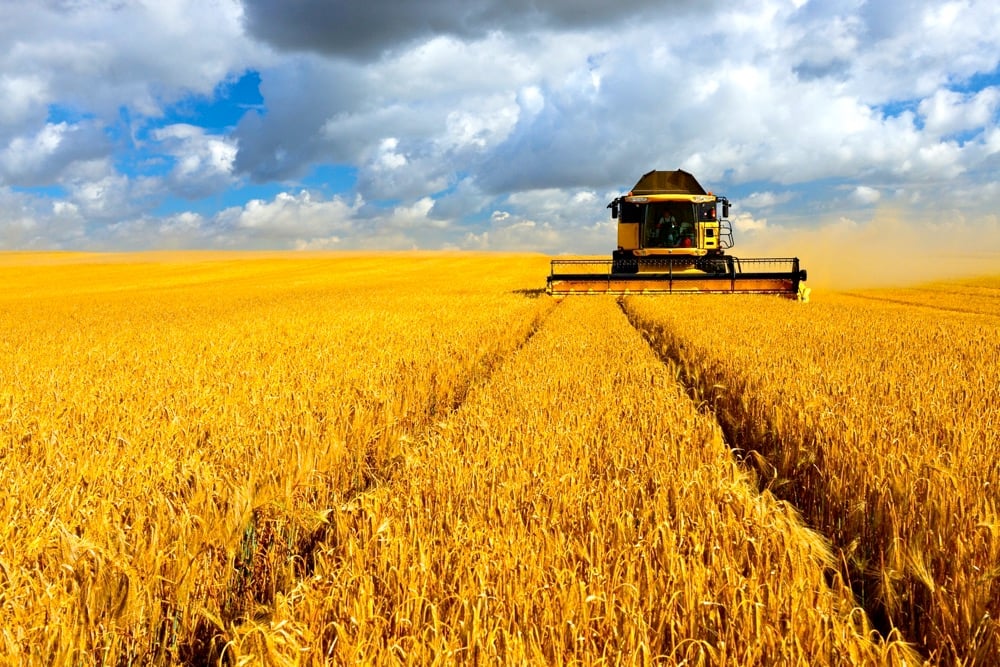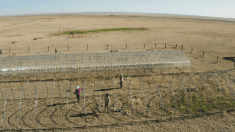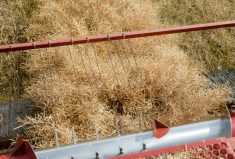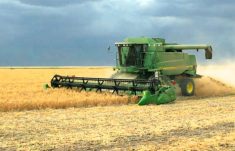Glacier FarmMedia — Widespread rains across Saskatchewan during the week ended Aug. 11 brought much needed moisture to later seeded crops still filling. However, the precipitation slowed desiccation operations and may hurt the quality of earlier seeded crops, said the weekly provincial report.
The rains dramatically increased topsoil moisture levels during the week. Provincial cropland topsoil moisture was placed at 11 per cent surplus, 75 per cent adequate, 11 per cent short and three per cent very short. For hayland, topsoil moisture was eight per cent surplus, 68 per cent adequate, 16 per cent short and eight per cent very short. Pastures have topsoil moisture levels at six per cent surplus, 67 per cent adequate, 19 per cent short and eight per cent very short.
Read Also
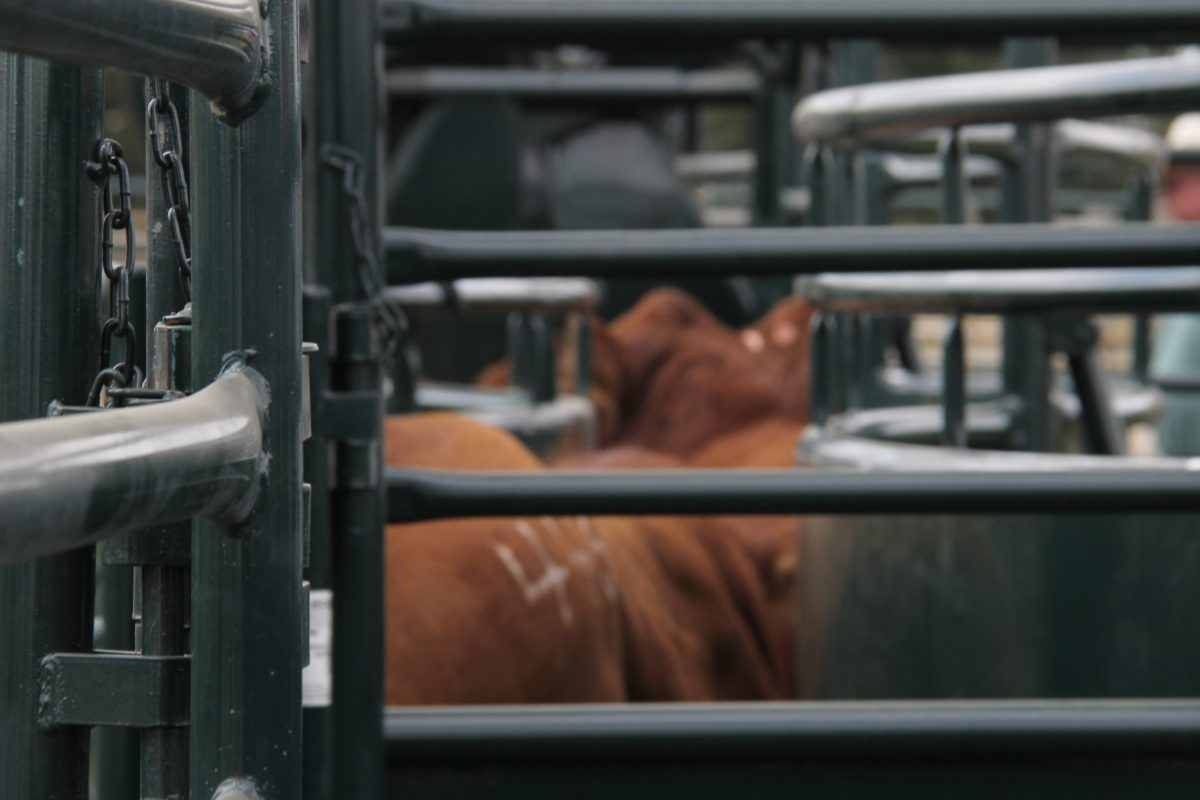
JBS profit falls amid still-challenging US market environment
JBS, the world’s largest meat company, reported a net profit fall in the third quarter in spite of a rise in global net sales amid a still-challenging beef market environment in the U.S., according to an earnings statement on Thursday.
The harvest was just getting underway, with two per cent of crops off the fields. That compares with six per cent at the same point a year ago. The provincial five- and 10-year averages are also six per cent.
The combination of rainfall and slow crop development last week prevented more crops from being harvested, but it is still early in the harvest season.
Winter cereals led harvest progress, with 16 per cent of winter wheat and 14 per cent of fall rye harvested. Producers also made progress in pulse crops, with three per cent of lentil and pea crops off. The first acres of spring cereal and oilseed crops were harvested last week. Two per cent of barley and one per cent of spring wheat and canola were combined.
Most producers were either done or finishing their last haying and silaging efforts. Dryland alfalfa yields were 1.10 tonnes per acre and greenfeed yields were 2.09 tonnes per acre. For irrigated hay crops, alfalfa yielded 1.95 tonnes per acre while greenfeed yielded 2.95 tonnes per acre. Silage yields for the province this year were estimated to be 5.25 tonnes per acre.


